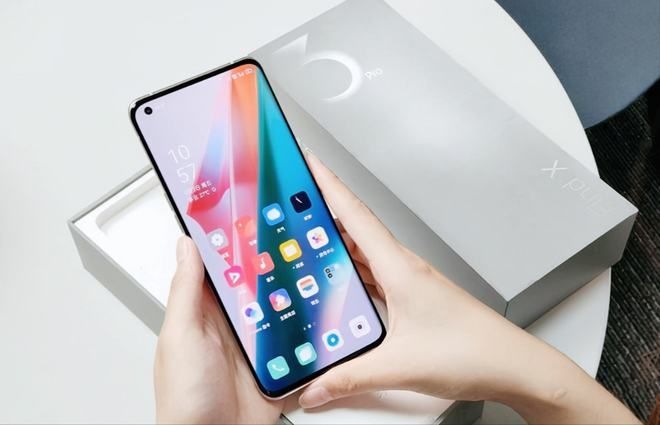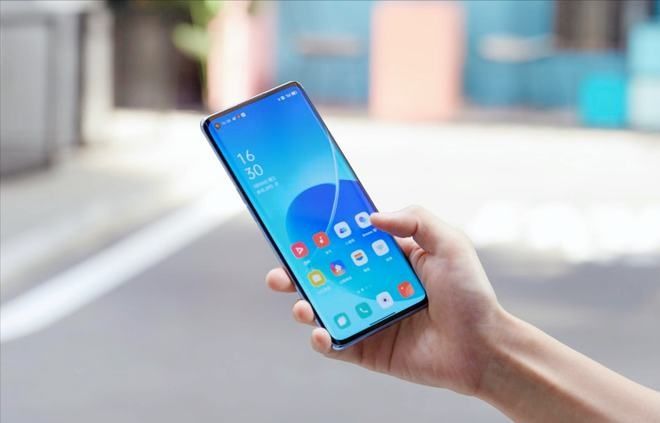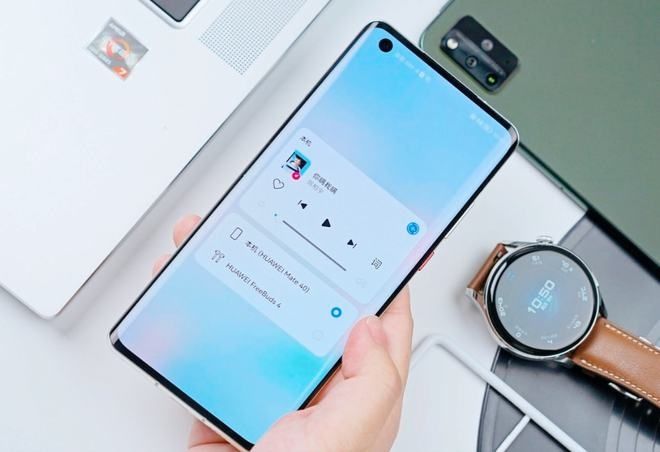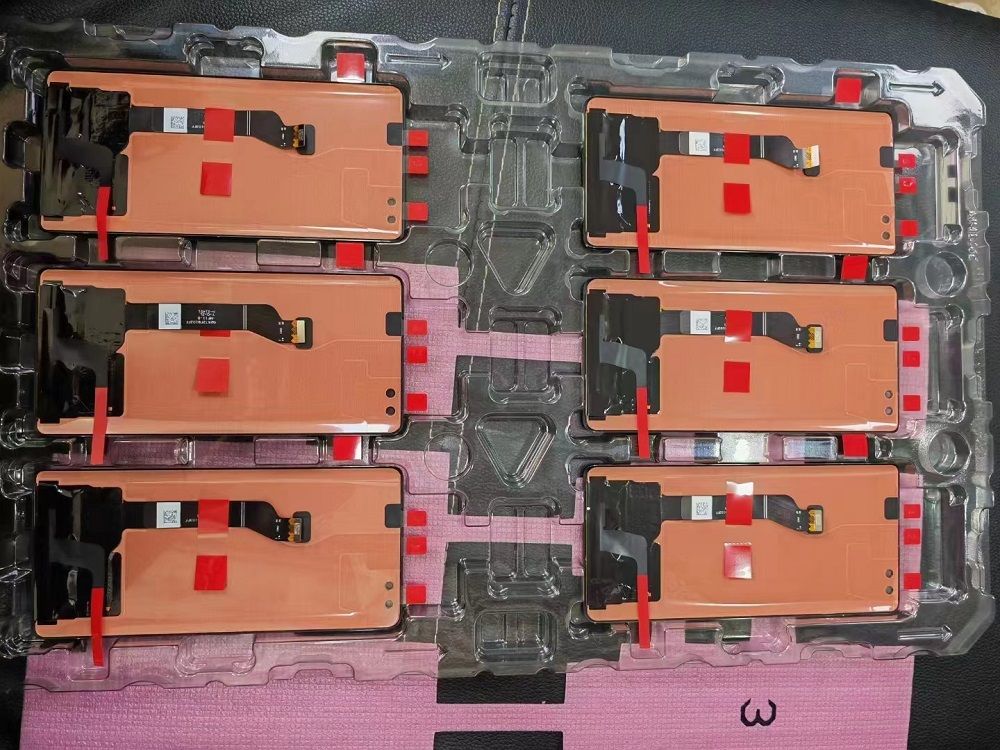The screen of a mobile phone is no less important than the processor, and a good screen can bring the ultimate user experience. However, many people encounter problems when selecting mobile phones in AMOLED, OLED or LCD?
Let’s start with AMOLED and OLED screens, which can be confused by the uninitiated, as they are used mostly on mainstream phones. OLED screens, which are easier to make into irregular screens, support screen fingerprint recognition.
The OLED screen is not hard enough, so it is easy to make an irregular screen, a micro-curved screen, a waterfall screen, or even a full transition to the back like the Mi MIX AIpha. Moreover, the OLED screen is easy to fingerprint because of its high light transmission rate. The main advantage is the high degree of controllability of the pixels. Each pixel can be switched on and off independently, resulting in purest black and higher contrast. In addition, the power consumption can be reduced by turning off unnecessary pixels when displaying a picture. At the same time, because the screen module has fewer layers inside, it also has better light transmittance, which allows for higher brightness and wider viewing angles.
OLED is an organic light-emitting display, which is a new product in mobile phones, and a standard part of flagship phones of major mobile manufacturers. Unlike LCD screens, OLED screens don’t need a backlight, and each pixel on the screen emits light automatically. OLED screens also cause more damage to eyes due to their high brightness, rearrangement rate, and flash, making them more tired than LCD screens for a long time. But because it has so many amazing display effects, the advantages outweigh the disadvantages.
AMOLED screen is an extension of OLED screen. In addition to AMOLED, there are PMOLED, Super AMOLED and so on, among which AMOLED screen adopts automatic matrix organic light-emitting diode. As an upgraded version of the OLED screen, the power consumption of AMOLED screen is much lower. The AMOLED screen is driven by a signal that controls the working state of the diode. When it shows black, there is no light underneath the diode. So this is why many people say that the AMOLED screen is very black when it shows black, and other screens are gray when it shows black.
LCD screen is with long life, but thicker than AMOLED and OLED ones. Currently, all mobile phones that support screen fingerprints are with OLED screens, but LCD screens cannot be used for fingerprint recognition, mainly because LCD screens are too thick. This is an inherent disadvantage of LCDS and is almost immutable, since thicker screens have a high failure rate and are slower to unlock.
LCD screen has a longer development history than OLED screen, because the technology is more mature. In addition, the strobe range of LCD screen is more than 1000Hz, which is more friendly to human eyes, especially in dark light environment, which is more comfortable than OLED screen for a long time. Crucially, LCD screens don’t burn, which means that when a static image is displayed for a long time, but many phones have anti-burn features, so burning is common enough that you have to change the screen.
In fact, from the perspective of user experience, AMOLED and OLED are the most suitable, while from the perspective of service life and eye protection, LCD is more suitable. Because LCD screen is passive light emitting, the light source is below the upper screen, so there is no phenomenon of screen burning. However, the thickness of the phone itself is too thick and heavy, and the color brightness is not as bright as OLED screen. But the advantages are also obvious in long life, not easy to break, low maintenance costs.
The Super AMOLED claimed by Samsung is no different from AMOLED in essence. Super AMOLED is the technological extension of OLED panel, which is made with the exclusive technology of Samsung. AMOLED panels are made of glass, a display screen and a touch layer. Super AMOLED makes the touch reflection layer on top of the display layer to give the screen better touch feedback. In addition, Samsung’s exclusive mDNIe engine technology makes the screen more vivid and reduces the thickness of the entire screen module.
Currently, our company can supply the OLED and AMOLED screens of Samsung, Huawei cellphones etc… Should you have any interests, please kindly contact me at lisa@gd-ytgd.com . We will be at your service at any time.
Post time: Jul-01-2022









